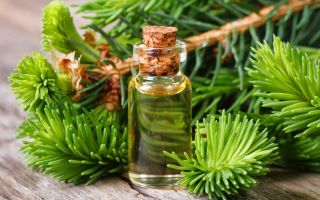Content
- 1 What it looks like and where it grows
- 2 The chemical composition of fir
- 3 What is useful and what does fir help from
- 4 Preparation and application methods
- 5 The use of fir in traditional medicine
- 5.1 Fir from the common cold
- 5.2 Cough fir
- 5.3 Fir needles in oncology
- 5.4 Fir during pregnancy
- 5.5 Diuretic infusion of fir
- 5.6 Fir for immunity
- 5.7 Fir for strengthening blood vessels
- 5.8 Fir baths for headaches
- 5.9 Fir with vitamin deficiency
- 5.10 Broth of fir for pneumonia
- 5.11 Fir for arthritis and arthrosis
- 6 Application in cosmetology
- 7 Contraindications to the use of fir
- 8 Collection and procurement
- 9 Conclusion
- 10 Reviews about the medicinal properties and use of fir resin
The healing properties of fir help to get rid of the symptoms of many diseases. To get the most out of coniferous raw materials, you need to study the recipes and rules for use.
What it looks like and where it grows
Siberian fir is an evergreen coniferous tree from the Pine family, reaching an average of 30-60 m in height. The branches of the plant are covered with long needles of about 3 cm, green at the top and with two light stripes at the bottom. The bark of the fir is smooth and thin, dark gray in color, the buds can be either blunt or pointed, reddish or green, often resinous.
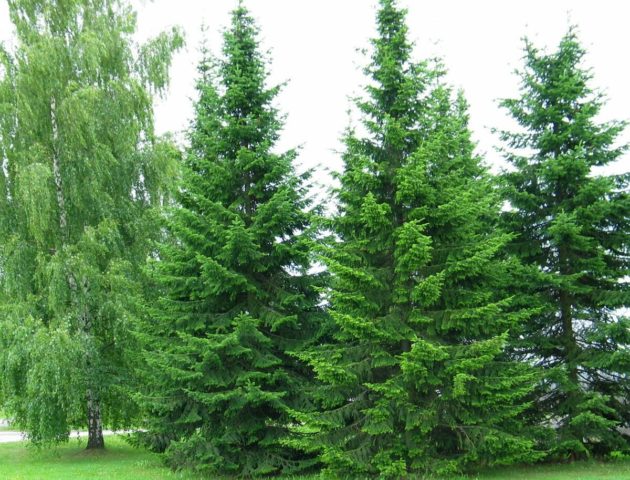
Fir grows slowly, loves moist soils and tolerates shade well. It begins to give seeds only after 70 years, and the entire life cycle can last up to 700 years. Survives poorly in urban environments. It is almost impossible to find a tree in a polluted area, although at the same time it perfectly cleans the air.
Fir grows throughout the Northern Hemisphere. You can see it in Western Siberia in Russia, in North America, as well as in Korea and China. Some species also grow in warm regions - in Greece, Croatia, Italy and the Pacific Islands near Australia.
The chemical composition of fir
Siberian fir is widely used in pharmaceuticals and traditional medicine. All parts of the plant contain a huge amount of trace elements, vitamins and beneficial resins. In particular, the composition can be noted:
- camphor - up to 80% in the roots of the plant;
- essential oils;
- bisabolic;
- tannins;
- fir balsam;
- resin;
- organic terpenic acids;
- alcohols;
- carotene and vitamin C;
- flavonoids;
- phytoncides;
- vitamin E;
- borneol, camphene and santen;
- copper and iron;
- fixed oils;
- cobalt and zinc;
- oleic and carminic acid;
- manganese.
Fir is widely used both in medicine and in the chemical and perfumery industries.
What is useful and what does fir help from
Fir has numerous medicinal properties. When consumed by prescription, the plant:
- fights inflammation and stimulates immunity;
- relieves puffiness;
- accelerates the restoration of damaged epidermis and tissues;
- has a beneficial effect on the respiratory system;
- normalizes the activity of the stomach and intestines;
- stimulates the work of the heart and blood vessels;
- helps to cleanse the body of toxins and toxins.
Traditional medicine recipes use not only fir needles, but also plant roots, cones and resin.
Useful properties of fir needles
The beneficial properties of fir needles in recipes are used most actively. Raw materials are rich in antioxidants, ascorbic acid and beta-carotene. Decoctions and infusions are used to treat colds and heart disease, pulmonary ailments and bronchitis.
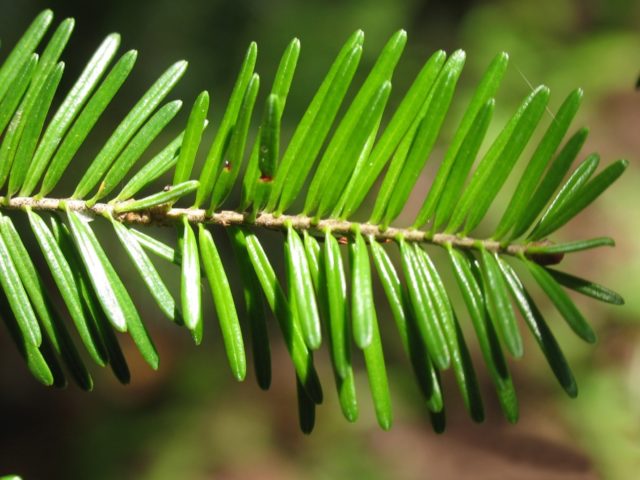
By external methods, means based on raw materials are used to treat wounds and burns. Fir promotes rapid healing of injuries and prevents infections from developing.
The healing properties of fir bark
Dried fir bark contains a large amount of tannins, camphor and resin, as well as borneol, santen and bornyl acetate. Funds based on it are of particular benefit in the treatment of vitamin deficiency and hypertension. The valuable properties of fir wood are used in the therapy and prevention of scurvy.
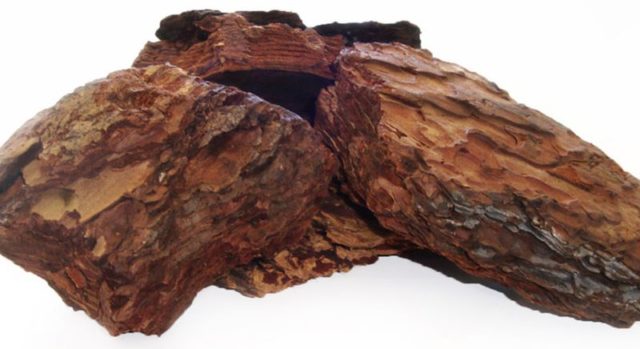
The medicinal properties of fir resin
Fir resin is 70% resin, and another 30% is essential oils. The substance is a powerful antiseptic and is used in the treatment of wounds, burns, boils and ulcers. The medicinal properties of fir resin are used externally and internally; the funds are valuable in the treatment of osteochondrosis and rheumatism, colds.
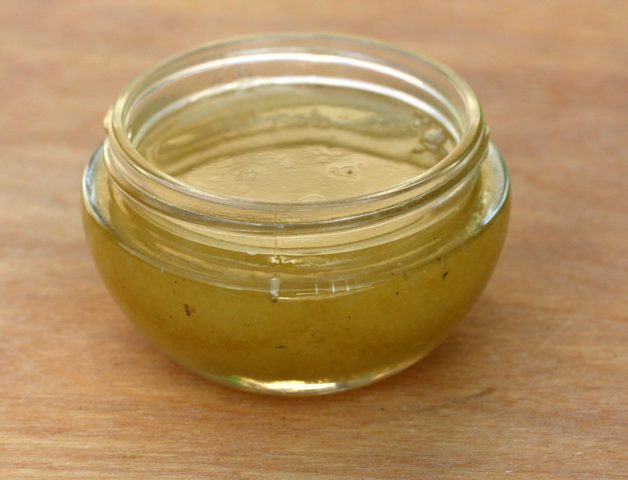
The healing properties of fir buds
Spring young buds of a coniferous plant are rich in vitamins E and C, as well as antioxidants. It is possible to use funds based on them for the treatment of influenza and ARVI. Decoctions and infusions on the kidneys improve the condition of the hair and epidermis, as they stimulate subcutaneous blood flow and cell metabolism.
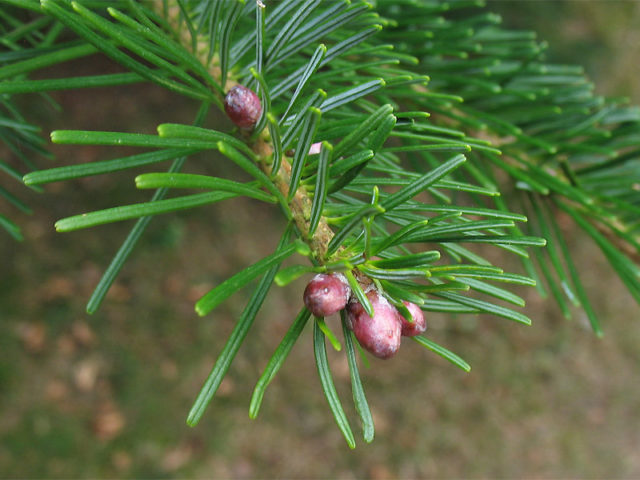
The healing properties of fir cones
Fir cones contain a large amount of carotene, ascorbic acid and vitamin E. Raw materials are used most often for the treatment of radiculitis, osteochondrosis and arthritis. Medicines quickly relieve pain and fight inflammation.
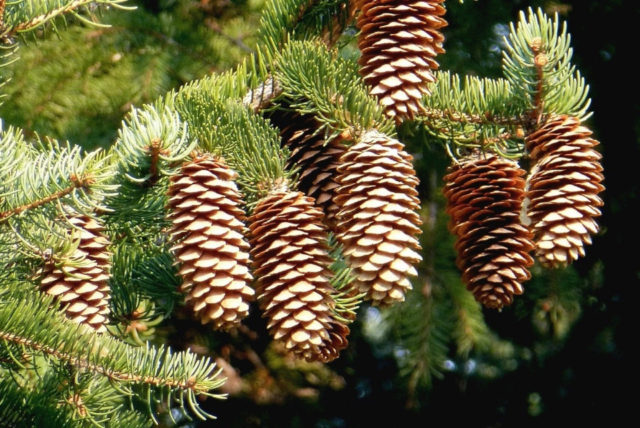
Preparation and application methods
Traditional medicine offers several recipes for the processing and preparation of fir raw materials. On the basis of a coniferous plant, water and alcohol infusions are made, as well as products for external application.
Infusion
Fir water extract is prepared from fresh or dried needles of a coniferous plant. The remedy is beneficial for inflammatory diseases of the reproductive sphere, for ailments of the gallbladder and kidneys. The recipe looks like this:
- fir needles are chopped by hand or in a blender;
- pour a large spoonful of raw materials with 200 ml of heated water;
- incubated under the lid for three hours in a dark place.
The finished infusion of fir is filtered from the sediment through cheesecloth and the needles are squeezed out properly. You need to take the remedy three times a day, three sips on an empty stomach.
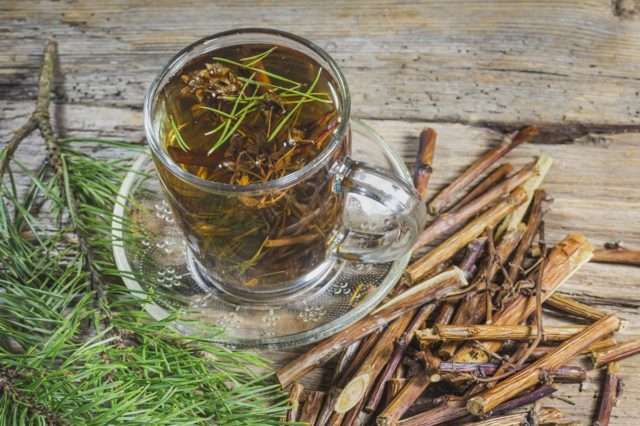
Tincture
The use of fir tincture is beneficial for respiratory ailments and joint inflammation. Make the tool like this:
- fresh needles and fir buds are carefully chopped;
- poured into a glass container in a volume of 150 g;
- pour 500 ml of vodka and put away in a dark place for two weeks.
Every day, the product needs to be shaken up properly. After the expiration date, the fir tincture is filtered and taken in a large spoonful three times a day on an empty stomach.

Tea, kvass, water
The beneficial properties of fir needles are used in the preparation of medicinal products with a low concentration, they can be used in increased volumes. In particular, coniferous tea helps with stomach problems and angina. They do it like this:
- mix in equal amounts fir needles and dried ivan tea;
- measure out two small spoons of raw materials and pour 500 ml of hot water into a teapot;
- insist ten minutes and pass through a fine sieve.
You can use fir tea instead of the usual one, but in volumes not exceeding one cup a day. If desired, natural honey is added to the drink.
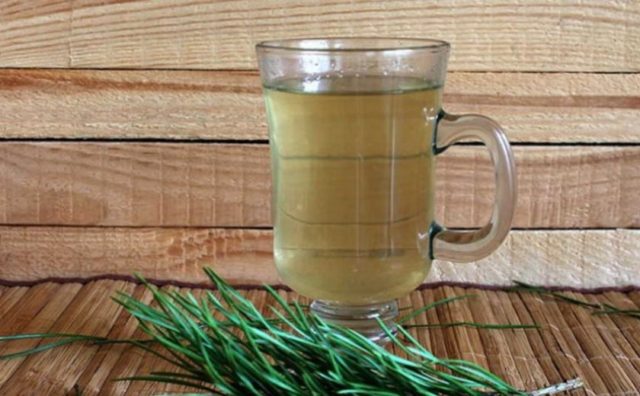
Fir kvass also helps with gastritis. The recipe looks like this:
- 1 liter of water is poured into a copper dish and boiled until half of the initial volume remains;
- add fresh liquid to 3 liters and pour 300 g of fir needles into a container;
- add 100 g of honey to the needles and mix thoroughly;
- remove the product from the stove and cool to room temperature;
- add 10 g of dry yeast.
Throughout the day, fir kvass is kept under a lid so that it ferments, and then it is filtered and consumed half a glass three times a day after meals.
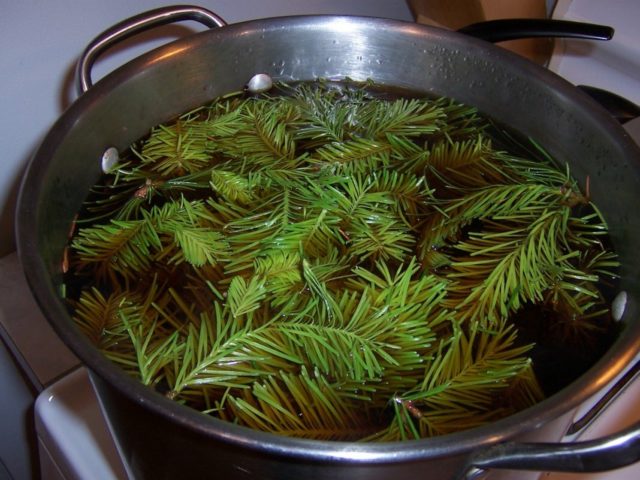
Fir water is a universal remedy. It is obtained industrially in the process of making essential oil. The product can be purchased at pharmacies or made at home using this recipe:
- three drops of fir ether are added to 100 ml of warm water;
- close the container with a lid;
- shake vigorously for ten minutes.
The resulting drink is taken internally 30 ml three times a day.
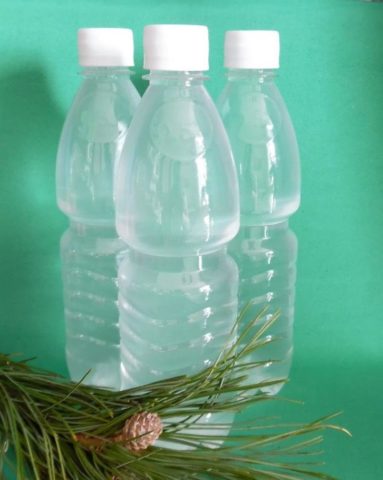
Honey
Fir honey stimulates immunity, strengthens blood vessels and helps with infections. It is made from sweet dew, which is produced by insects that feed on the sap of the plant. The product is dark in color, moderately sweet in taste, and has a pronounced resinous aroma.
The treat can be bought in specialized stores. It is also realistic to cook at home a product that is as close to natural as possible in properties. It is easy to make it - crushed fir needles are placed in ordinary flower honey and left for several months so that all the useful substances from the needles go into the base.
You can also make a treat from plant buds. The recipe looks like this:
- 1 kg of raw materials is boiled for 15 minutes;
- leave to infuse for a day;
- mixed with 1 kg of sugar and boiled for another two hours.
You can use the ready-made product, like ordinary honey, in small quantities with tea.
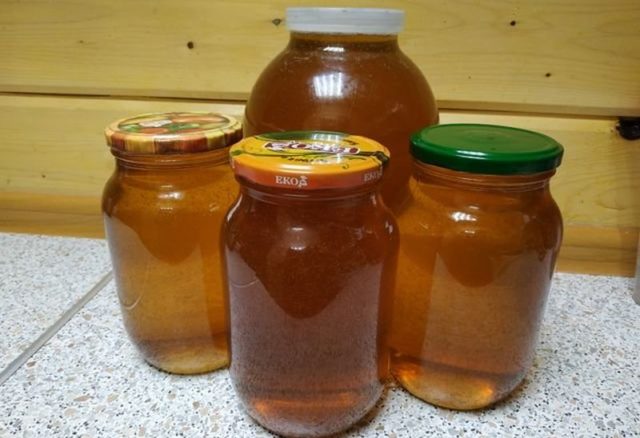
Fir decoction
With anemia and vitamin deficiency, fir broth helps to restore the balance of valuable substances in the body. They make it according to this recipe:
- two large tablespoons of needles are poured with a glass of boiling water;
- Boil for 20 minutes over low heat;
- insist for half an hour before cooling.
You need to drink the remedy three times a day on an empty stomach.
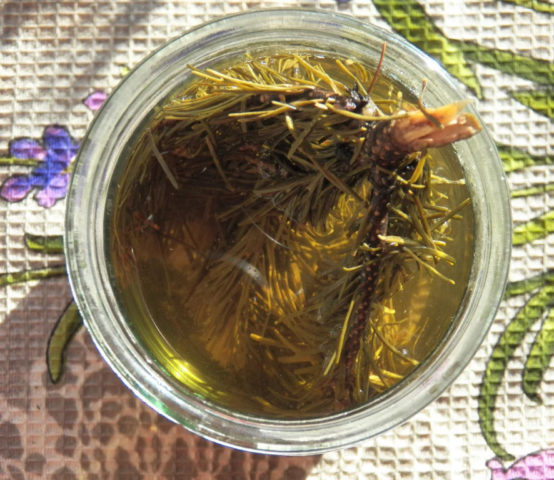
The use of fir in traditional medicine
Fir infusions and decoctions are in demand in the treatment of many ailments. Several recipes are in great demand.
Fir from the common cold
With nasal congestion, treatment with fir resin is beneficial. The tool is done like this:
- a small spoonful of resin is ground into powder;
- mixed with cedar or linseed oil in a 1: 5 ratio;
- heated in a water bath until completely dissolved and cooled.
You need to bury the balm three drops in each nostril up to three times a day.
Cough fir
The benefits of fir for the body are manifested in bronchitis and a cold cough. For treatment, prepare the following decoction:
- 15 g of chopped needles are poured with 200 ml of water;
- bring to a boil over medium heat and boil for five minutes;
- incubated under the lid for an hour and filtered.
The finished product must be diluted with clean water to a volume of 200 ml and consumed two large spoons three times a day.
Fir needles in oncology
In the complex treatment of cancerous tumors, syrup from fir buds can be used. It is very simple to prepare it:
- 1 kg of fresh raw materials is poured into 1 liter of water;
- boil for 15 minutes;
- insist throughout the day, after which they are mixed with 2 kg of sugar;
- simmer for another two hours with continuous stirring.
You need to take fir syrup three times a day, a large spoonful on an empty stomach. The remedy cannot eliminate cancer, but it activates the immune system and enhances the effect of official medicines.
Fir during pregnancy
During the period of bearing a child, it is forbidden to use decoctions and infusions of fir inside. The products are toxic to the embryo and can seriously harm it.
But at the same time, pregnant women are allowed to add fir infusion to warm baths - 2-3 liters per filled container. It is also permissible to treat cuts and bruises with broths, aromatize the premises with coniferous oil.
Diuretic infusion of fir
With a tendency to edema, this remedy helps well:
- two large spoons of chopped needles pour 250 ml of boiling water;
- Boil for 30 minutes in a water bath;
- cool and filter.
To get rid of excess fluid, you need to take the drink four times a day.
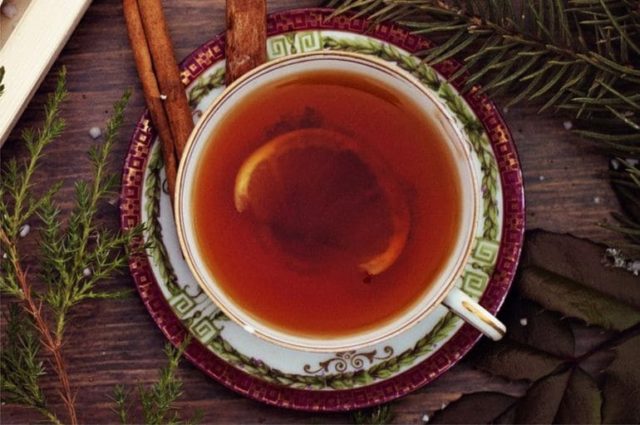
Fir for immunity
The healing properties of fir are in demand during the period of seasonal viral diseases. The following decoction has a good preventive effect:
- 30 g of dried needles are poured with a glass of hot water;
- Simmer for 20 minutes on low heat;
- insist until cool and filter.
You need to use the broth three times a day, 80 ml, the whole course is continued for ten days.
Fir for strengthening blood vessels
With weakened blood vessels, hypertension and high cholesterol, the following therapeutic infusion is made:
- five large spoons of fir needles are mixed with two large spoons of onion husks;
- add 50 g of wild rose berries;
- pour 3 glasses of water and boil for ten minutes over low heat;
- insist closed in a warm place for ten hours.
The finished infusion is passed through cheesecloth and drunk in a glass three times a day. The course of treatment takes three months.
Fir baths for headaches
Healing baths help relieve migraines and cope with stress. When preparing them, fir is used as follows:
- pour 1 liter of boiling water two large tablespoons of pine needles;
- insist two hours;
- filtered and poured into a container filled with hot water.
You need to take a bath no longer than 20 minutes, it is advisable to repeat the procedure twice a week.
Fir with vitamin deficiency
With a lack of vitamins and anemia, the following infusion brings a beneficial effect:
- 30 g of chopped needles are poured with a glass of hot water in a thermos;
- insist 12 hours;
- filter through cheesecloth.
They drink the remedy four times a day for several sips.
Broth of fir for pneumonia
With pneumonia and bronchitis, such a decoction helps well:
- 30 g of chopped fir bark is poured with 500 ml of water;
- bring to a boil over medium heat and immediately remove from the stove;
- stand under the lid for about half an hour.
You need to take the medicine 50 ml four times a day on an empty stomach.
Fir for arthritis and arthrosis
For joint ailments, compresses with fir broth are made. To prepare a remedy you need:
- pour 200 ml of water 15 g of fresh needles;
- boil and immediately remove from heat;
- cool until warm.
In the broth, moisten a clean gauze or bandage and apply it to the sore joints for a couple of hours.
Application in cosmetology
The benefits and harms of decoctions from fir needles are used in cosmetology. Plant-based products are suitable for daily washing, for treating wounds and corns. The valuable substances in the composition of fir contribute to the rapid healing of the skin, improve the complexion and increase the elasticity of the epidermis.You can use decoctions and infusions on a regular basis to get rid of scars and scars - the defects will not disappear completely, but will become less noticeable.
It is also allowed to rinse hair with fir products in case of excessive dryness or oily content and a tendency to fall out. Infusions nourish the curls bulbs, promote their active growth and restore the structure of the strands. Fir helps to regulate the production of subcutaneous fat, restores shine to hair and removes dandruff.
Contraindications to the use of fir
The benefits and harms of fir for humans are related to each other. Contraindications to taking decoctions and infusions are:
- epilepsy and tendency to seizures;
- gastritis or stomach ulcer in a state of exacerbation;
- individual allergy;
- pancreatitis.
Coniferous plant products are not offered to children under three years old. Also, fir should not be used by nursing mothers, the baby may develop allergies.

Collection and procurement
The time for harvesting fir raw materials depends on which parts of the plant are to be used for medicinal purposes. In particular:
- conifer buds are harvested in late March or early April, before they have time to bloom;
- the bark is harvested with the beginning of the growing season in early spring;
- the needles are cut at the end of July or in winter, from October to February, the use of fir twigs is maximum, they contain especially a lot of ascorbic acid;
- cones are harvested in September;
- The resin is harvested throughout the spring-summer period after the temperature is set above 16 ° C.
After collection, the fir resin is immediately placed in glass containers and stored in a place protected from sunlight. As for the needles, buds, bark and cones, they must first be dried by spreading them out in a thin layer under a canopy with good ventilation. When the moisture from the medicinal fir raw materials evaporates, it will need to be placed in paper bags or glass jars and placed in a dark cabinet with a temperature not exceeding 25 ° C.
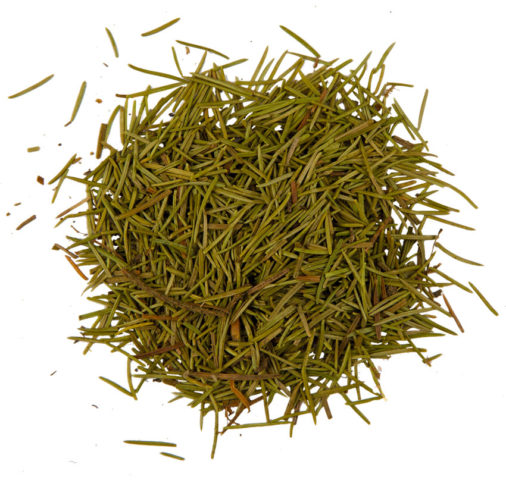
Conclusion
The healing properties of fir are beneficial for colds, internal inflammation and external skin lesions. Traditional medicine offers many recipes for the use of needles, resin and bark, but in the process of use, you need to remember about possible contraindications.
Reviews about the medicinal properties and use of fir resin

